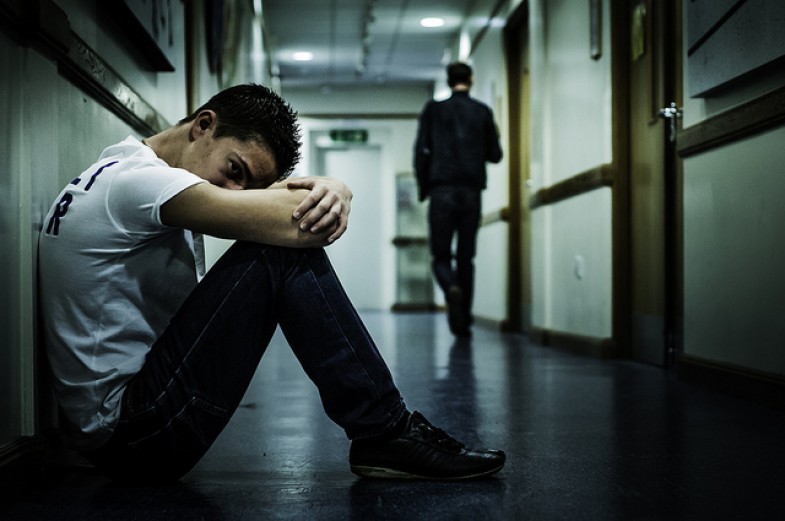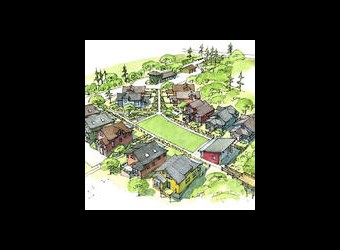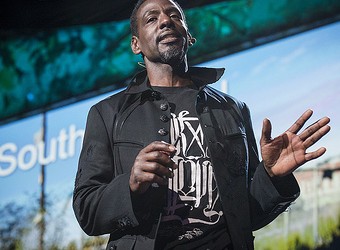Many schools have a place they refer to as “the commons.” For some students, this is a great place to hang out with friends. For others, however, the commons is an uncomfortable and unfriendly place. It’s where their isolation and not-fitting-in become most noticeable. The commons may also be the place where they are most likely to get bullied.
Today, it’s not hard to find programs addressing the problems of exclusion and bullying in our schools. “Making Caring Common” -- a program co-directed by Richard Weissbourd and Stephanie Jones at the Harvard Graduate School of Education – is one program. I recently interviewed Dr. Weissbourd to get his views on how caring in the classroom might be connected to academic achievement. “It’s common sense,” explained Dr. Weissbourd. “It’s hard to learn in an uncaring environment. Isolation and bullying get in the way of learning.”
One of the strategies developed by the “Making Caring Common” project is to have high school students write a biography of a community member they might occasionally see but don’t really know. This community member might be a fire fighter, a cashier, or a gardener. For many students, completing this assignment proves to be a very powerful experience. Once they get to know the “other” as a real person with feelings, dreams, struggles, and accomplishments, they’re more likely to understand and value that person’s situation and perspective on life.
Stepping out of their own world and understanding someone else’s situation is new for some students. Something within them shifts as they realize that there are other ways of viewing and experiencing the world than just their own. With this shift come the seeds of empathy and caring – not just for the person they interviewed for their assignment but for other people in the community, as well.
We know that schools aren’t the only places where exclusion, isolation, and bullying occur. Other public places – including cyberspace -- aren’t immune to hurtful conditions and behaviors. At times, offensive symbols can make a public setting an unfriendly place for some people. Until quite recently, this was the case on the statehouse grounds in Columbia, SC. The confederate flag flying high in front of the capitol building was a symbol of hate and division. Fortunately, there were enough people in the community who understood the deep pain and angst associated with the flag to eventually push for its removal.
We can pass laws against discrimination and expressions of hate, but that’s not enough to make all people feel safe and welcomed in our communities. A welcoming community includes public places where people can gather without fear of intimidation or exclusion. Exclusion sometimes happens without deliberate intention. A caring community is aware of this and tries to remove physical, social, and emotional barriers which may exist for some groups of people.
At times, it’s people with disabilities who are left on the sidelines of full participation – and/or subjected to taunting and bullying. A caring community can make a world of difference for such individuals. Recent reports from the Brookfield Zoo near Chicago give us several examples. One is the story of Z, a girl with serious developmental disabilities. As reported in the Chicago Tribune , Z (Zinyra Ross) lived two distinct lives. One – her school life – was traumatic. From preschool through at least the 7th grade, Z was subjected to extreme teasing and some physical violence. Her life changed dramatically once she started volunteering at Brookfield Zoo. Now as a young adult, Z has friends, participates in Special Olympics, is an engaging public speaker, and holds a paying position as greeter and guide at Brookfield Zoo. Her mother credits the caring and support Z received at Brookfield Zoo for the dramatic changes in her daughter’s life.
Happening at the Zoo
Brookfield Zoo makes a special effort to infuse a culture of caring in all that they do. This year Brookfield Zoo became the first major cultural organization in North America to launch a Social Innovation initiative which, in this case, involves a commitment of resources to better the lives of vulnerable populations, including people with disabilities. Social Innovation, as described by the Center for Social Innovation at Stanford University, is “a novel solution to a social problem that is more effective, efficient, sustainable, or just than present solutions and for which the value created accrues primarily to society as a whole rather than private individuals.”
Public spaces play an important role in the health and well-being of our communities and our individual lives. While not every community has the resources to immediately meet the criteria of having a “great public space” as defined by the Project for Public Spaces; every community can work to infuse caring and concern for one another.
Establishing a culture of caring in our communities can add a whole new dimension to our experience of the commons. Both those who care and those who are cared for benefit in various ways. Caring not only fosters a sense of well-being and happiness, it also contributes to strong relationships and a healthy community. And, as noted by Dr. Weissbourd, “it’s the right thing to do.”






